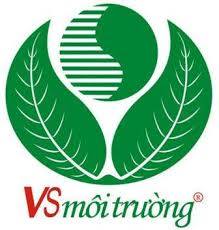Workflow processes are a crucial component of any project. They are the steps a task follows from start to the end. They help you plan and track important milestones through the creation of an organized sequence of actions which reduces the amount of time and effort required to complete a task.
Begin by identifying your goals. Find out what needs to be accomplished, who’s accountable for each task, and how time each step will take. This will help you create an efficient workflow that is tailored to your specific business requirements and goals to improve efficiency and productivity while ensuring the best possible results.
Then, speak to www.businessworkflow.net/2021/04/23/features-you-may-look-for-in-a-document-management-software-package/ your team members and determine the roles they have to fulfill. This will help you remove redundant and redundant tasks that consume time, resources and money. If, for example your customer service team is spending the majority of its time answering phone calls and not responding to email requests You may want to re-allocate their tasks to better meet your business’ needs.
Also, review your workflow map and see which areas of inefficiency can be eliminated. If, for instance, one of your workflows are taking too long due to the fact that your team is waiting on insight from another change, reworking the process could increase customer and employee satisfaction.
Use interaction nodes to show options that users will be presented with during a workflow process, such as accepting or denying records. You can also add wait nodes to stop the workflow for a period of time or until a specific event occurs, such as receiving a response from a customer.
